When it comes to weaving there are so many different types of patterns that you can create! That is one of the wonderful things about it.
So full of possibilities!
Waffle weave is a really fun and dimensional weaving pattern that can be used for both practical and decorative purposes.
We have talked about different weaving patterns a few times and you should check those out too!
Learn about the 3 basic weave structures.
Learn about the overshot weaving pattern.
What is waffle weave?
Waffle weave is a 3-dimensional weaving pattern that is woven on multi-shaft looms. It is characterized by its warp and weft floats that create gradually built-up squares throughout the weaving.
Each of these squares sort of looks like a divot in a waffle! AKA, where your syrup goes… on a normal waffle that is.
When you are weaving your waffle weave you will be able to see the build-up somewhat, but it truly shines once it is no longer under tension on the loom AND washed/ dried.
How you weave it
Waffle weave is woven on multi-shaft looms (either 4 or 8 shafts). This means you can weave it on either a floor loom or a table loom.
Since you are using a floor or table loom the weaving process of waffle weave is not any harder than setting up and weaving plain weave!
Since you probably started with plain weave and it is the most common weave pattern you will come across, we are going to compare our waffle weave draft to a plain weave draft to help you better understand. We will also be assuming you are weaving this on 4 shafts instead of 8, but understanding 8 shafts versus 4 is not much different.
Make sure you know how to read weaving drafts! You can learn how here.
Unlike plain weave which utilizes a straight draft heddle pattern, waffle weave uses a point draft pattern.
That means that instead of threading your heddles 1, 2, 3, 4 repeat – you will instead thread them 1, 2, 3, 4, 3, 2, 1 repeat.
What does this mean?
Your full pattern is wider than that of plain weave. In order to get only full waffle cells in your weaving you should aim for a total warp count that is divisible by 7. If you do not need to have full cells on your selvedges then this may not be an issue, but it is something that you may want to consider.
Your tie-ups for waffle weave require 4 treadles to create your pattern. Unlike plain weave which only requires 2. Your treadles will be attached to different numbers of shafts, so make sure to pay attention to your tie-up pattern.
Treadling is very similar to your threading pattern because it is done in a pointed pattern. Instead of just switching back and forth between 1 and 2 heddles, you will instead be moving your way across your heddles and then back.
Your treadling pattern for plain weave is 1, 2, repeat. The treadling pattern for waffle weave is 1, 2, 3, 4, 3, 2, 1 repeat. You can see this better in the graphic below.
One important thing to keep in mind when weaving waffle weave is that your selvedges are not always going to catch as you weave. Due to the pattern sometimes having your selvedge warp yarn not being woven in adjacent picks you will not catch that last warp yarn unless you use floating selvedges. You can learn all about setting up floating selvedges here.
If you do not want to set up floating selvedges for whatever reason you could also fake it. To do this you will manually weave under your last warp if it is not catching. You do this by taking your shuttle underneath your selvedge warp and then proceeding through the shed. You will not have to do this every time you go through it, but you will have to do it on the same treadling steps every time.
Both of these options work it is mostly a matter of preference and forethought. A floating selvedge generally makes it easier to make sure you are catching your selvedges, though, which will allow you to focus more on the weaving itself.
What waffle weave is good for
Once your waffle weave is finished (this includes washing) it will actually shrink a bit more than a plain weave fabric. This is because all of the floats will no longer be laying as flat as they did prior to finishing.
Due to the 3 dimensionality that occurs your waffle weave fabrics make fantastic towels. This is especially true if you make them with cotton yarn. Cotton is already a fantastic choice for towels due to its ability to easily absorb liquids, so adding in this weave structure only enhances that.
Learn more about weaving with cotton here.
Beyond towels, waffle weave is also great for blankets or anything you want to keep your warm.
Once again, since the weave structure is dimensional it more easily traps and maintains heat. As an example of this, just take a look at any thermal shirt you have. Thermal shirts are made with waffle weave fabric!
Waffle weave is a great versatile fabric that is both simple and fun to weave! Let me know if you weave some up and tag the photo on Instagram @cole.bun!

















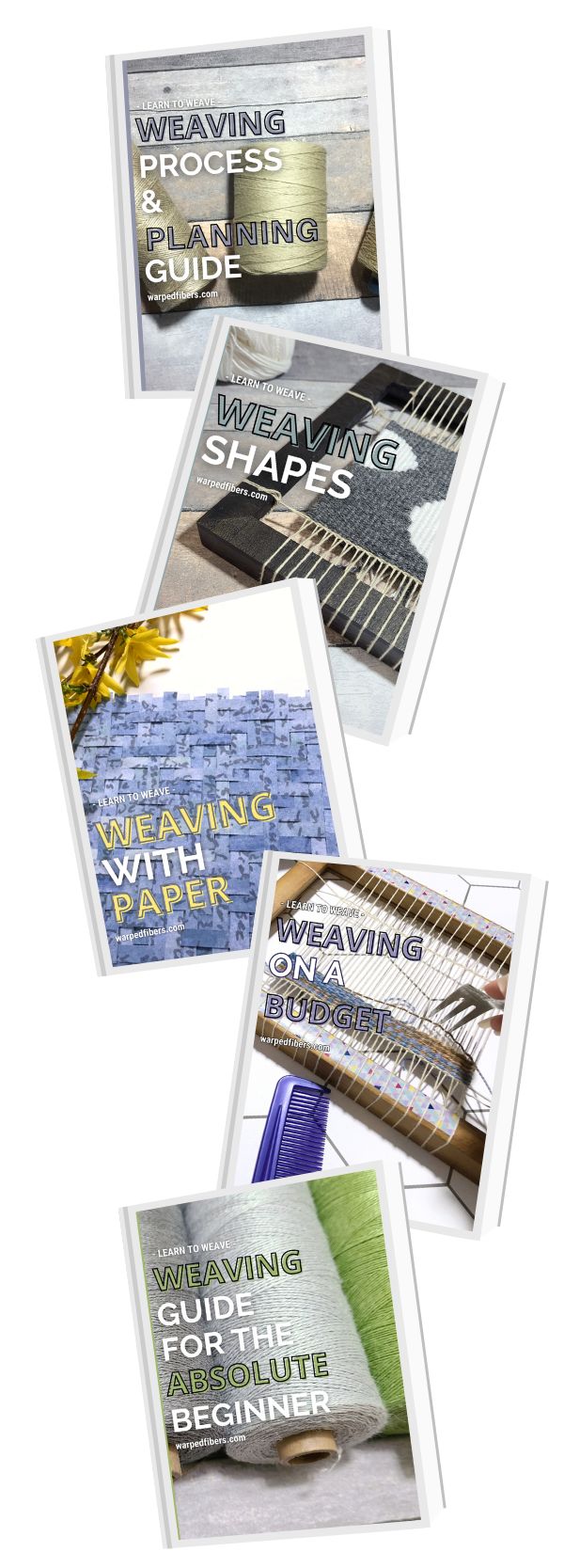
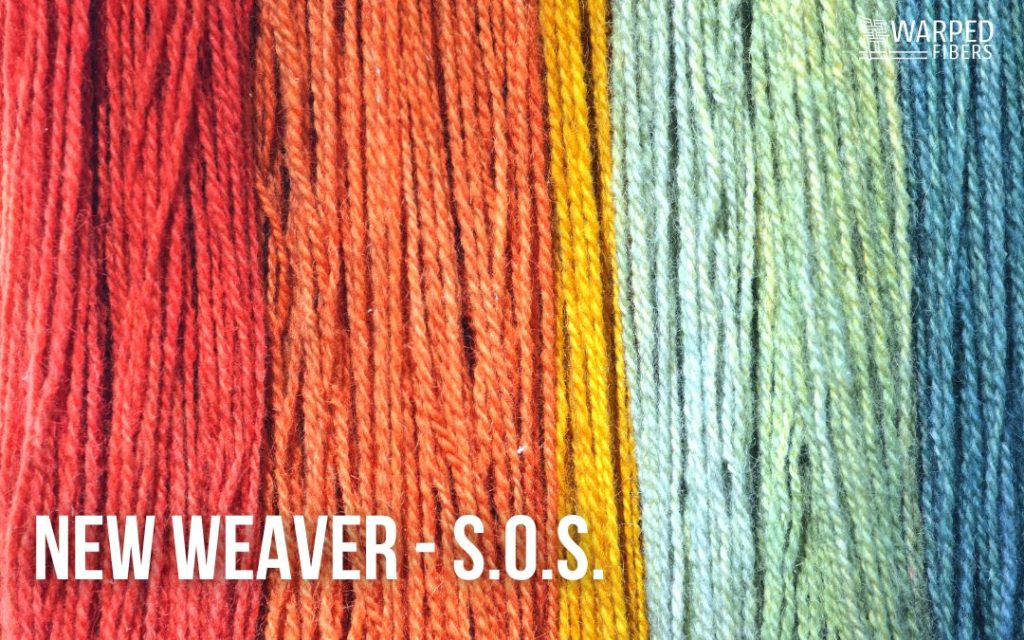

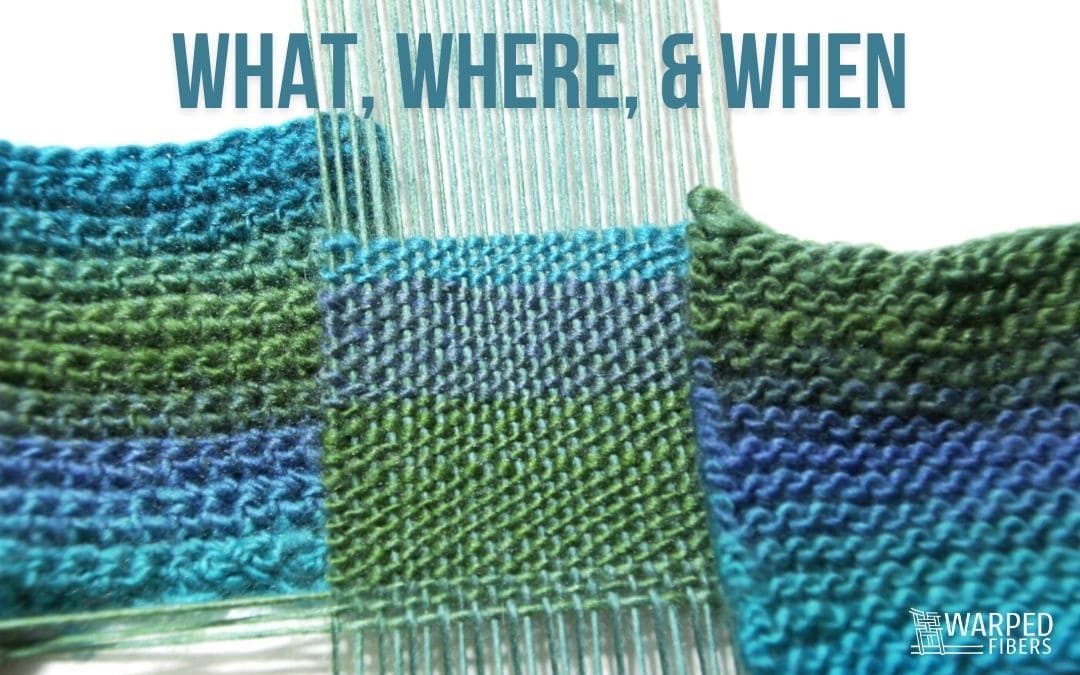

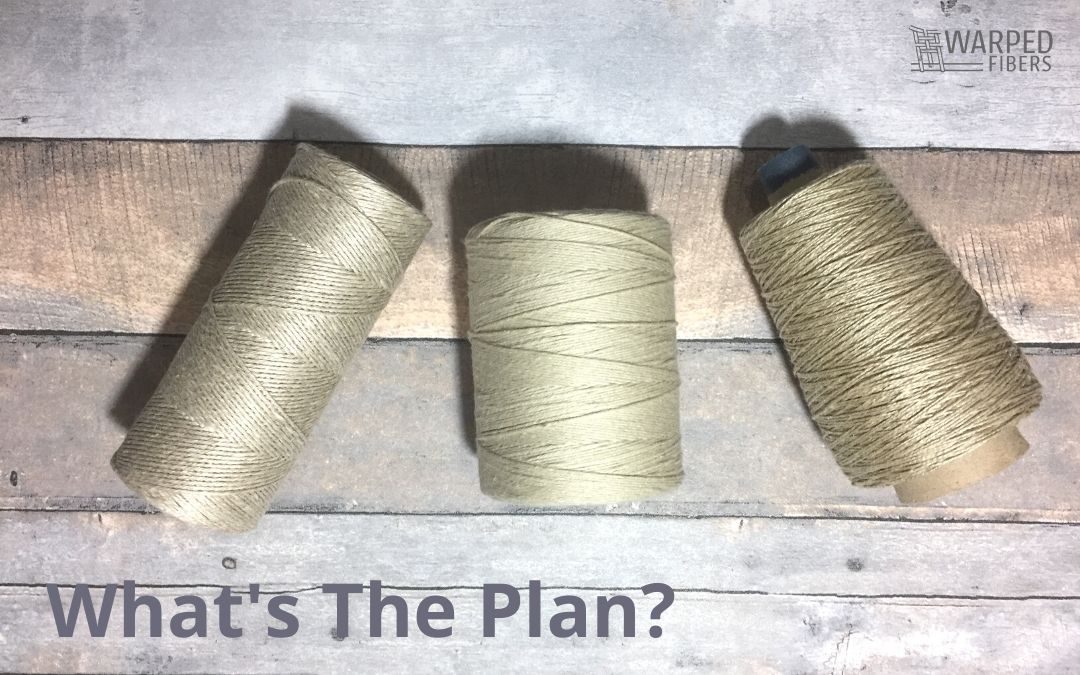

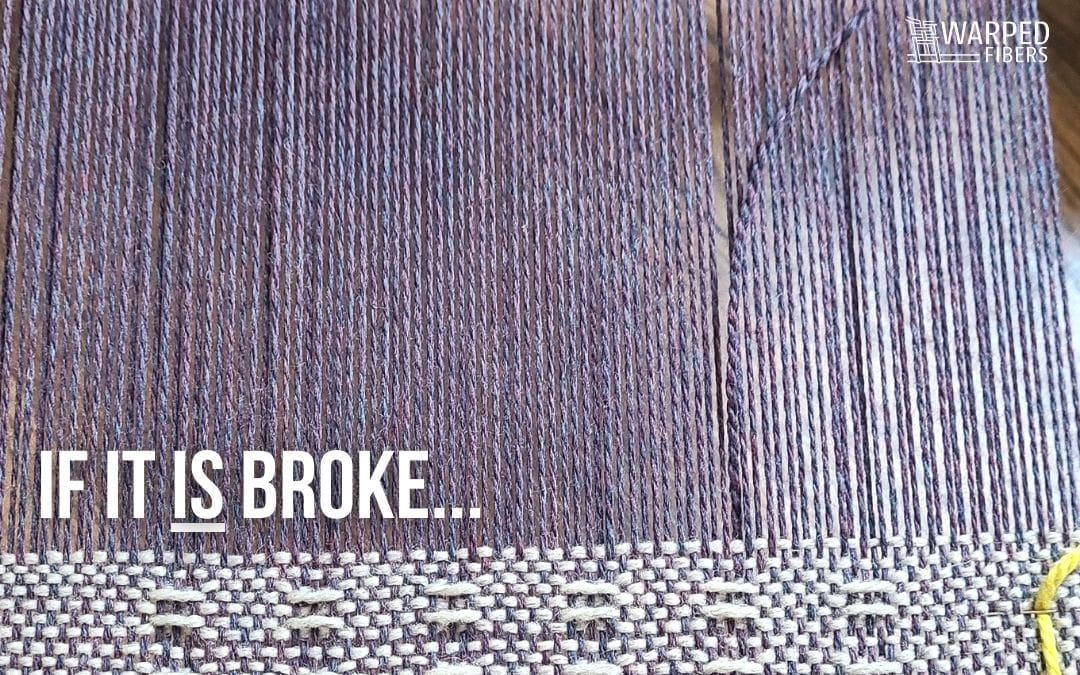

Thanks.
You’re welcome!
Hi Would this weave work for a rauna? cotton warp and my wool handspuns-bulky
I think that could be really nice! Try out the pattern on a small scale and see if you like it before committing to a larger project!
will thank you My husband and found me one of those little structo 4 harness looms at a garage sale and got it cleaned up for me-will be perfect for samples. I have not woven this pattern before but thought it looked like it would drape well
Yes! It should drape well!
thank you so glad you posted this weave structure
you’re very welcome!